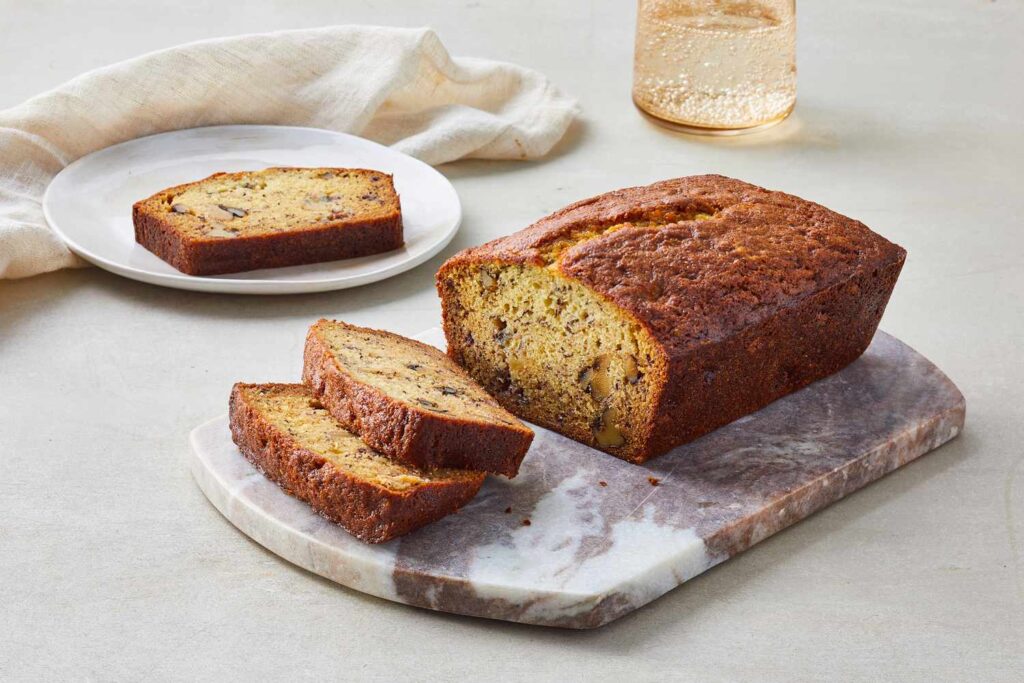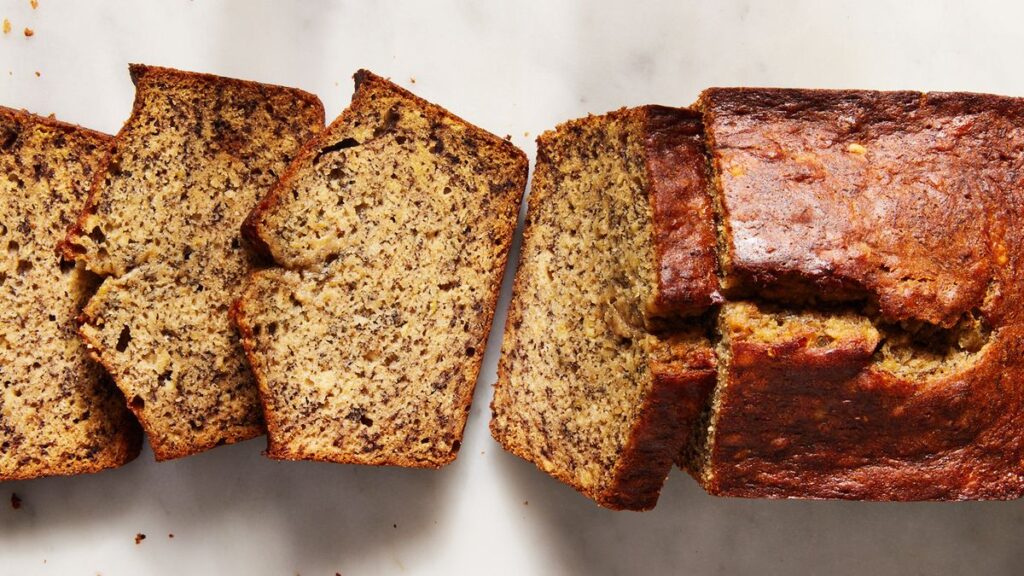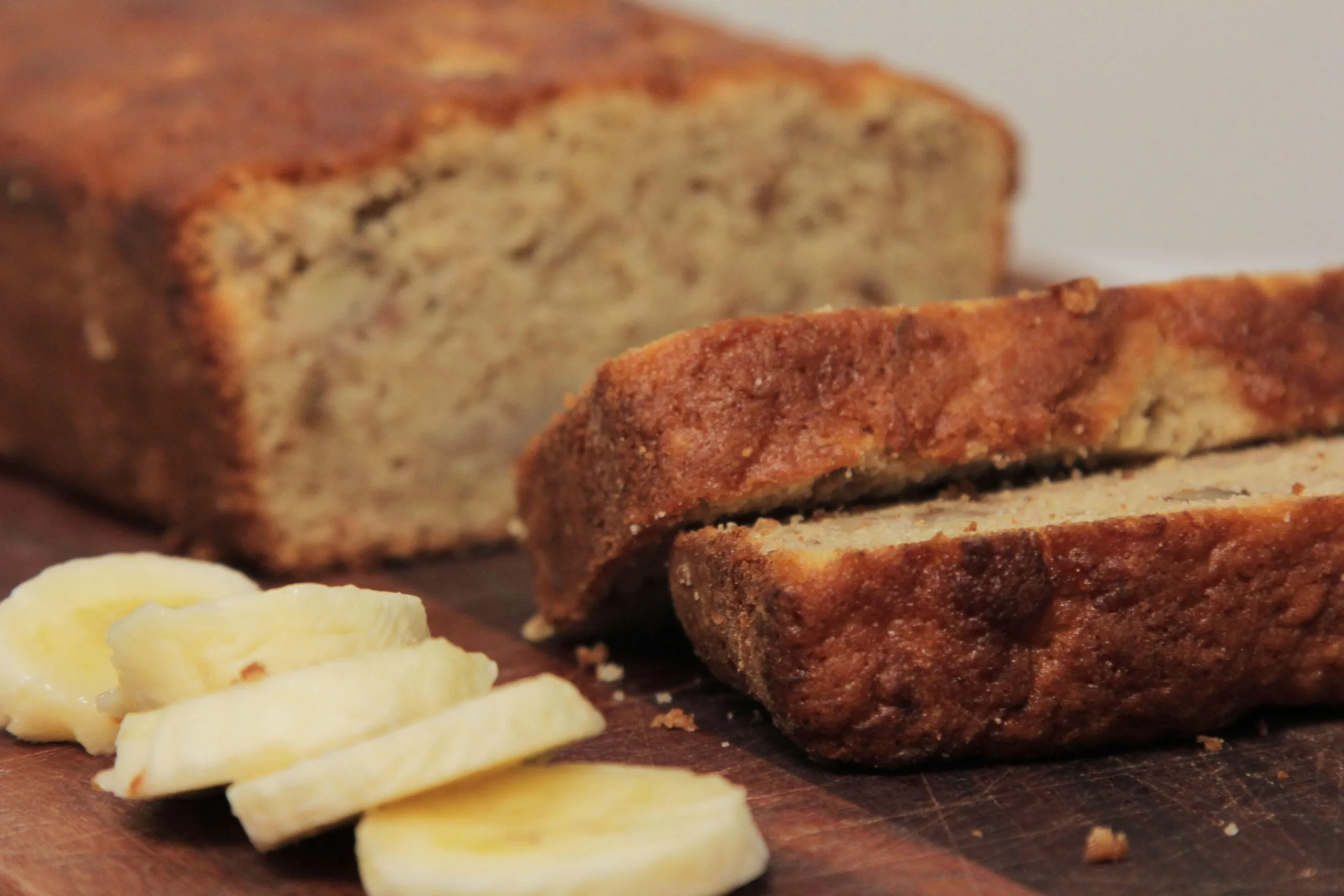Are you tired of baking banana bread that turns out dry and crumbly? Well, fret no more, because I’m here to spill the beans on how to bake the moistest banana bread ever.
Whether you’re a seasoned baker or a newbie in the kitchen, these secrets will revolutionize your banana bread game.
So, let’s dive right in!

1. Choosing the Perfect Bananas
The first secret to moist banana bread lies in the bananas themselves.
Forget about using perfectly yellow bananas; the best ones for baking are those that are overripe, with speckled skins and soft flesh.
These bananas are not only sweeter but also contain more moisture, which translates to a moist and flavorful bread.
2. The Importance of Proper Mashing
Once you’ve selected your overripe bananas, it’s time to mash them up.
Use a fork or a potato masher to mash the bananas thoroughly until no large chunks remain.
The goal here is to achieve a smooth and creamy consistency that will blend seamlessly into the batter, imparting maximum moisture and flavor to your banana bread.
3. Don’t Skimp on the Fat
One of the secrets to moist banana bread is the addition of fat.
Whether you prefer butter or oil, make sure not to skimp on this ingredient.
Fat not only adds richness to the bread but also helps to keep it moist and tender.
So go ahead and indulge a little – your taste buds will thank you later.
4. The Magic of Buttermilk
If you want to take your banana bread to the next level, consider adding buttermilk to the batter.
Buttermilk is acidic, which helps to tenderize the gluten in the flour, resulting in a softer and more moist texture.
Plus, it adds a subtle tanginess that complements the sweetness of the bananas perfectly.
5. Just the Right Amount of Flour
When it comes to flour, less is often more.
Overmixing or adding too much flour can result in a dense and dry banana bread.
To ensure a moist and tender crumb, measure your flour carefully and avoid overmixing the batter.
A few lumps are perfectly fine – they’ll dissolve during baking, leaving you with a perfectly moist loaf.

6. Sweeten the Deal
Bananas are naturally sweet, but adding a little extra sugar can take your banana bread from good to extraordinary.
Brown sugar, in particular, adds a subtle caramel flavor and helps to keep the bread moist.
Don’t be afraid to experiment with different types of sweeteners, such as honey or maple syrup, to find the perfect balance of sweetness for your taste buds.
7. Get Creative with Mix-Ins
While traditional banana bread is delicious on its own, why not take it up a notch with some creative mix-ins? Whether you prefer nuts, chocolate chips, or dried fruit, adding extra ingredients to your banana bread can enhance both the flavor and texture.
Just remember to fold them in gently to avoid deflating the batter.
8. The Art of Baking
Now that your batter is ready, it’s time to bake your banana bread to perfection.
Preheat your oven to the specified temperature and grease your loaf pan to prevent sticking.
Remember to place the pan in the center of the oven for even baking and rotate it halfway through for uniform browning.
9. The Toothpick Test
How do you know when your banana bread is done? The toothpick test is a tried-and-true method.
Simply insert a toothpick into the center of the loaf – if it comes out clean or with a few moist crumbs clinging to it, your banana bread is ready to come out of the oven.
Be careful not to overbake, as this can lead to a dry and crumbly texture.
10. The Waiting Game
As tempting as it may be to dive into your freshly baked banana bread right away, patience is key.
Allow the loaf to cool in the pan for about 10 minutes before transferring it to a wire rack to cool completely.
This allows the bread to set and ensures that it retains its moistness.
Conclusion
Baking the moistest banana bread ever is not as elusive as it may seem.
With the right ingredients, techniques, and a little bit of patience, you can achieve bakery-worthy results right in your own kitchen.
So go ahead, put these secrets to the test, and prepare to wow your friends and family with your newfound baking prowess!

FAQs
1. Can I use frozen bananas for banana bread?
Absolutely! Frozen bananas work just as well as fresh ones for banana bread.
Simply thaw them before using and be sure to drain any excess liquid to prevent the batter from becoming too wet.
2. Can I substitute whole wheat flour for all-purpose flour?
While you can substitute whole wheat flour for all-purpose flour, keep in mind that it will result in a denser texture.
For a lighter, more tender crumb, consider using a blend of whole wheat and all-purpose flours.
3. How should I store leftover banana bread?
To keep your banana bread moist and fresh, store it in an airtight container at room temperature for up to 3 days.
For longer storage, you can freeze it for up to 3 months.
Just be sure to wrap it tightly in plastic wrap and foil to prevent freezer burn.
4. Can I add yogurt to my banana bread batter?
Yes, you can! Yogurt adds moisture and a subtle tanginess to banana bread. Greek yogurt, in particular, works well for this purpose.
Simply substitute it for an equal amount of buttermilk or sour cream in the recipe.
5. How can I prevent my banana bread from sinking in the middle?
To prevent your banana bread from sinking in the middle, make sure not to overmix the batter and avoid opening the oven door too frequently during baking.
Additionally, be sure to use fresh baking powder and baking soda, as they are essential for proper leavening.
